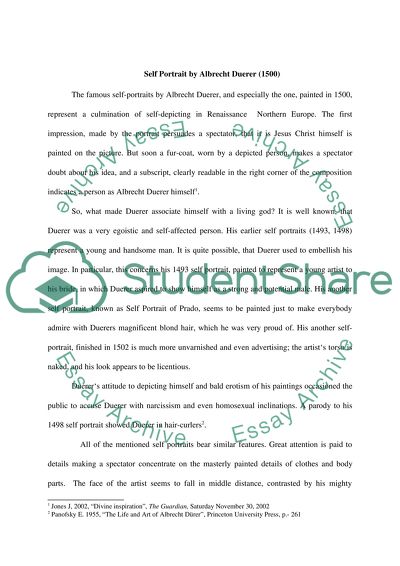Cite this document
(“Self-portrait in renaissance art: a contrast between north and south Essay”, n.d.)
Self-portrait in renaissance art: a contrast between north and south Essay. Retrieved from https://studentshare.org/miscellaneous/1530745-self-portrait-in-renaissance-art-a-contrast-between-north-and-south
Self-portrait in renaissance art: a contrast between north and south Essay. Retrieved from https://studentshare.org/miscellaneous/1530745-self-portrait-in-renaissance-art-a-contrast-between-north-and-south
(Self-Portrait in Renaissance Art: A Contrast Between North and South Essay)
Self-Portrait in Renaissance Art: A Contrast Between North and South Essay. https://studentshare.org/miscellaneous/1530745-self-portrait-in-renaissance-art-a-contrast-between-north-and-south.
Self-Portrait in Renaissance Art: A Contrast Between North and South Essay. https://studentshare.org/miscellaneous/1530745-self-portrait-in-renaissance-art-a-contrast-between-north-and-south.
“Self-Portrait in Renaissance Art: A Contrast Between North and South Essay”, n.d. https://studentshare.org/miscellaneous/1530745-self-portrait-in-renaissance-art-a-contrast-between-north-and-south.


